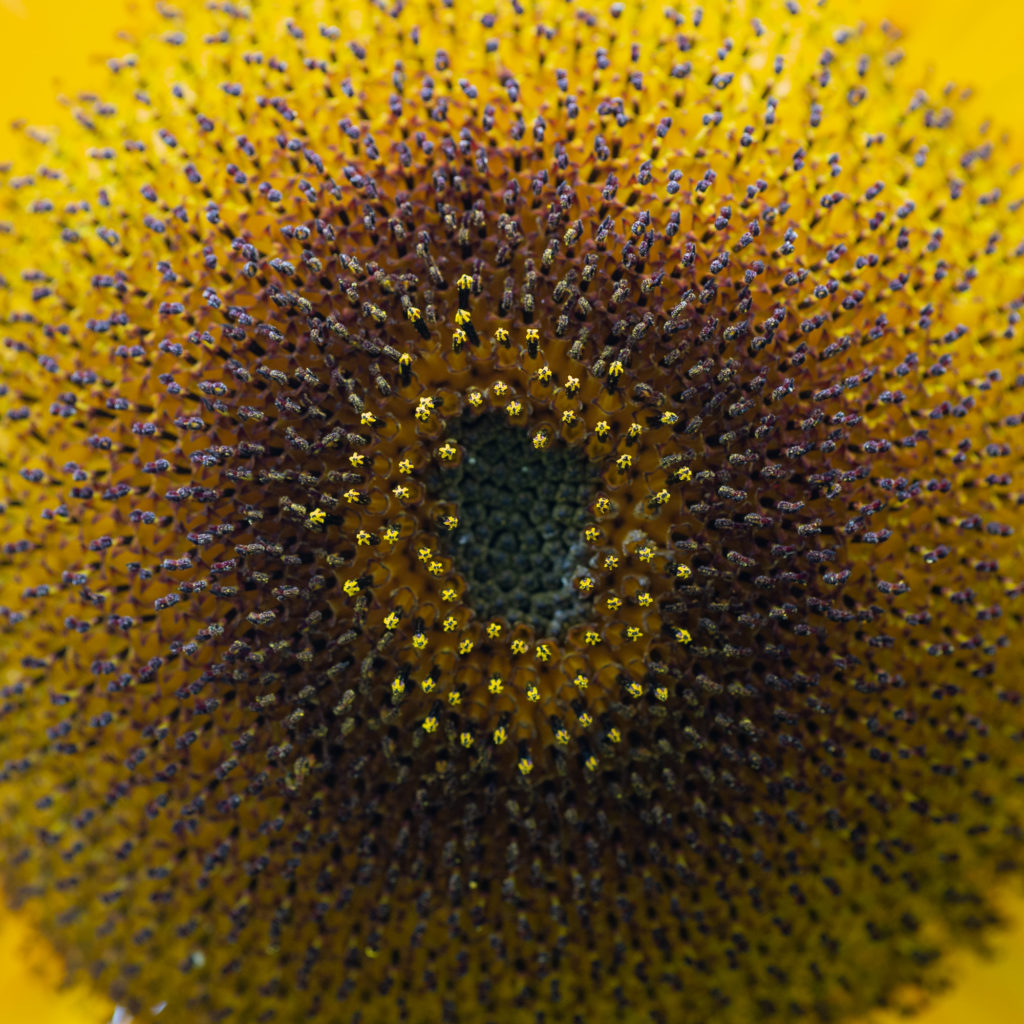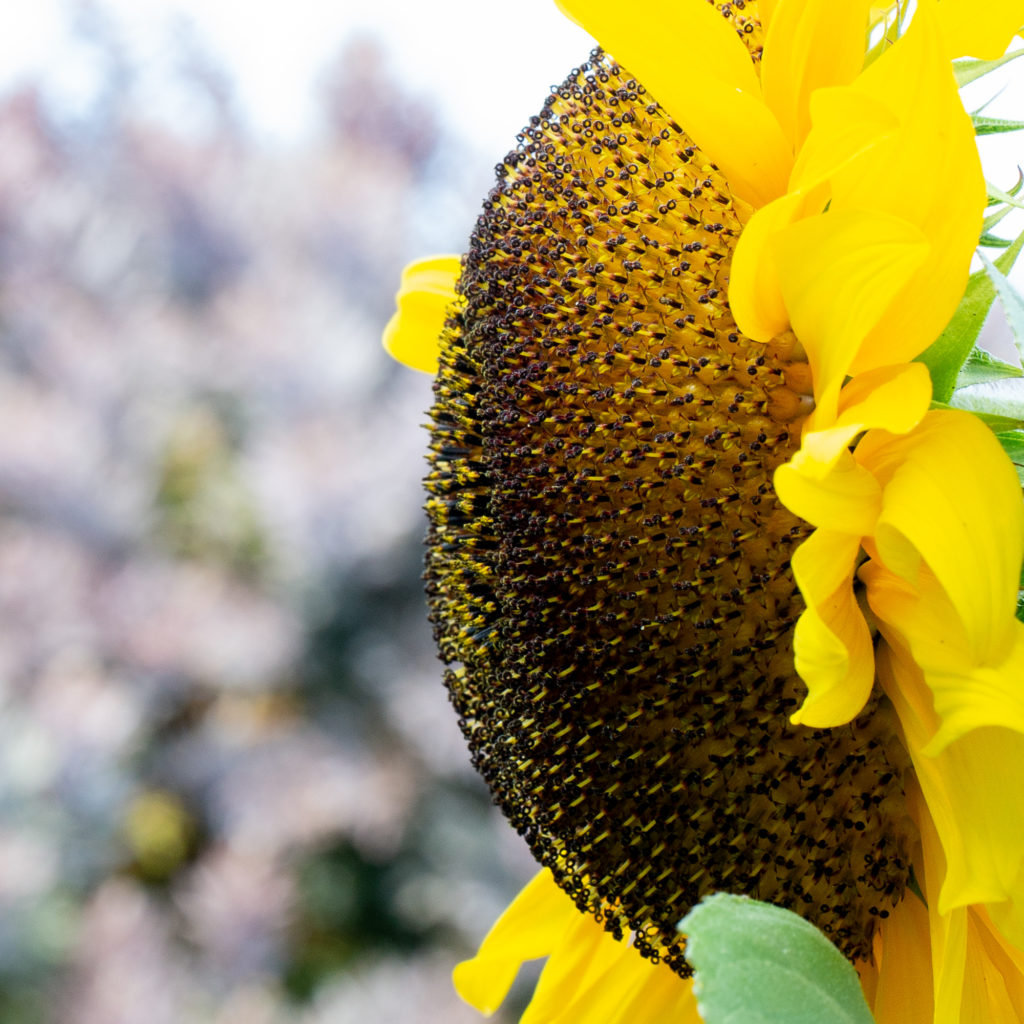I’m not a great fan of the many named Jerusalem Artichoke. I quite like their flavour but I have the digestive challenge for which the sunroot is famed. As I’ve mentioned in earlier posts, I’ve been told to increase my microbiome diversity. One way, suggested in monthly newsletters, would be to add inulin to my diet. Inulin is a dietary fibre that is fermented by bacteria. It is considered a prebiotic. Many believe that prebiotics are good for gastrointestinal diversity and therefore your health. An additional bonus may be that they’d enhance calcium absorption. Inulin might therefore be good for the avoidance of osteoarthritis. It turns out that the little tubers of the sunchoke store their carbohydrate as inulin so our biomed service suggested I include them in my diet.

I hope a squirrel doesn’t break it.
So advised, I added shavings of earth apples to soups and stews. You probably know that aside from lactose intolerance and celiac disease, food intolerances annoyingly elude diagnostic analyses. Trial and error is the only way to confirm intolerance. So I introduced tiny amounts of Jerusalem Artichoke hoping to build up some tolerance. It was a carbon emissions disaster from the start, never to be repeated.
‘Artichokes 3 for a pound’ said the sign in the grocery shop many years before the euro or the kilogram were normalised on this island. I mean no insult to globe artichokes; they are a delight to eat and there are no afters. I suggest that I lack some enzyme or other that science will one day identify as being needed to manage earth apple emissions.
Jerusalem Artichokes (sunchokes etc) are the tubers of daisies. Botanists group them in the Asteraceae family which means they are cousins of sunflowers. Britannica says ‘With more than 1,620 genera and 23,600 species of herbs, shrubs, and trees distributed throughout the world, Asteraceae is one of the largest plant families.’
I’ve been fascinated for the last four months with the progress of one sunflower in our garden. There have been many challenges with restricted movement during the pandemic and there have been some balancing rewards. One of the rewards has been the time to watch life, wild and otherwise. We have a friend in rural Texas who emailed yesterday of a water trough he installed that has started attracting wildlife. He set up a motion activated camera to be surprised that his visitors included roadrunners, bobcats, porcupines, coyotes, foxes, antelope, armadillos, feral pigs and several species of deer. Such wonderful, exotic diversity is sadly restricted here in urban Ireland. We have to be satisfied with garden birds, insects and the odd fox, squirrel and rat. And plants.
The single sunflower came as a seedling back in March. The donor didn’t know which kind of sunflower because she’d germinated a packet of mixed sunflowers. The seedlings in March all looked the same. Rapid vertical growth was a clue that we’d got the Russian Giant or Mammoth variety. I never studied biology so I wondered how it grows.
I need to digress to say that I’m fascinated by the power of small forces. For example, the tiny force of exothermic reactions is what keeps hundreds of tons of water in the clouds above our heads. A rising water droplet loses a tiny amount of heat. The multiplication of that force by the quintillions of water droplets creates a huge lifting force. This facilitates the water storage needed for the rain that waters our sunflower.
Osmosis is another of those incredibly potent but much overlooked ‘forces’. Osmosis is the migration of a low solute concentration towards one that has a higher solute concentration. Any seedling has a tiny root that contains water in which there are dissolved nutrients. These nutrients such as sucrose are in a very concentrated solution. The water in the soil is a weaker solution of phosphates and nitrates. The skin of the root acts as a membrane across which there is a concentration contrast. If that difference is enough, the low solute concentration soil water migrates into the root. You can consider the water in the soil as being pulled into the root if we use a mechanical term to describe a chemical process.
Surface tension is another fascinating manifestation of the power of tiny forces. Soap bubbles are a bit too complicated to explain but you see surface tension at work every day. You soak up coffee spills with paper towels. You might have used blotting paper for ink. Or seen a fountain pen at work. These are all capillary driven.
Capillary action itself is driven in part by surface tension, in part by the stickiness of water both to itself (cohesion) and any container (adhesion). Make a pipe thin enough, the three combine to ‘pull’ a liquid up despite gravity. The surface tension creates a concave meniscus, lower in the middle. The space restriction creates an upward motion of the meniscus which pulls the other molecules behind it. The liquid is adhering to the wall and with time, the pull of the meniscus will bring the fluid up to a height determined by the bore of the pipe, the density of the liquid, the influences of atmospheric pressure and temperature.
The water in the plant circulates by capillary action. There are many very thin pipes within the xylem, the core of the plant. The water rises and feeds the growth via the nutrients.
Meanwhile, another weak force is pulling the fluid up too. The light hitting the leaves is differentially absorbed by the chlorophyll. The red and blue photons provide the energy that drives the oxidation of the water that enables the rearrangement of hydrogen and oxygen into glucose. This molecular rearrangement changes the density of the water. It’s more complicated than this but you get the point.
There’s not a pump like our heart. Incredibly weak forces are used as the engines to drive the circulation systems of every living plant.
Our sunflower grew rapidly led by an apical or terminal bud. This is the primary growing point and seems to pull the plant towards the light. It manages this feat with a hormone. Auxin to be precise. Auxin is one of the five hormones that control every aspect of the plant.
As an aside, four is the number of nucleotides or monomers that make up your entire DNA too. As another aside, there are about 2 metres of DNA in each of your chromosomes. If you stretched all the DNA in all your cells into one long string, it would be about twice the diameter of the Solar System. Yes, small things are very interesting indeed.
Tomorrow One day soon, I’ll resume with my understanding of how the sunflower does some of things it can do. Nastic and tropic movement for example.
I wrote about sunflowers here back in May. Specifically Rose Finn-Kelcey’s 1987 work Bureau De Change after Vincent Van Gogh’s Sunflowers.



Leave a Reply